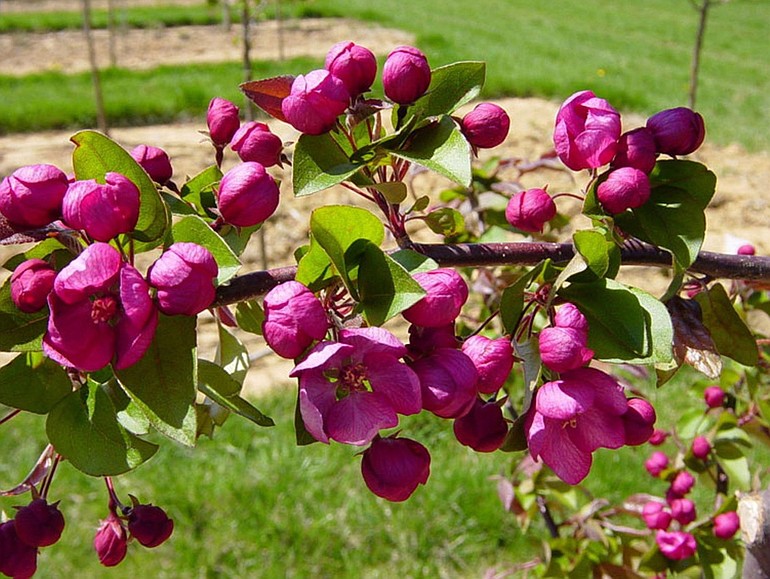Despite periods of mild weather, it is still a gamble to sow early vegetables outdoors. If cold weather returns, the seeds are likely to rot before they germinate. Some vegetables run to seed when they are subjected to cold conditions after germinating. Seasoned vegetable gardeners start vegetables from seed in a green house or cold frame and plant them out in the garden when warmer temperatures are here to stay.
If you want to get your outdoor garden started now, put your efforts into hardy crops like fava beans and early peas. Peas and beans germinate readily in warm soil, but are less reliable in early spring when the soil temperature fluctuates. In most years, I can’t resist giving a few vegetables a shot at early planting. I am always willing to experiment with a few of my favorite vegetables.
o Prune all plant material to remove any diseased, dead, weak or crossing branches.
o Complete tree pruning before new growth begins.
o Prune late-flowering shrubs such as buddleia and Hydrangea paniculata but wait until after flowering on early-flowering shrubs like forsythia, Hydrangea macrophylla, rhododendron and syringa.
o Wait to prune evergreens, hedges and other shrubs until late spring into early summer.



